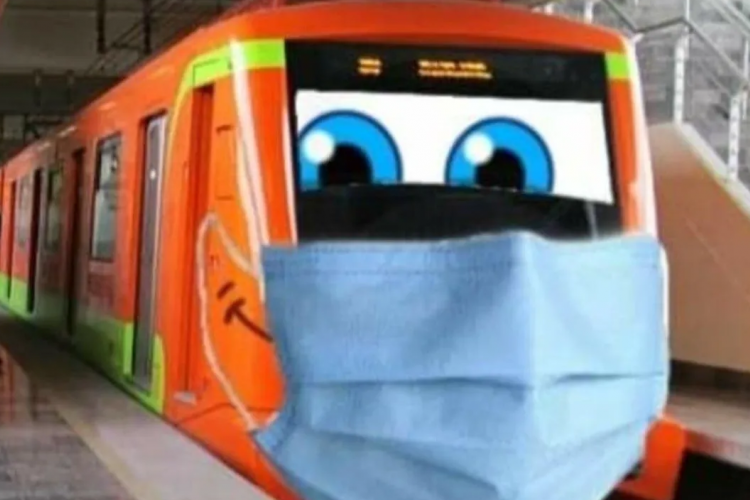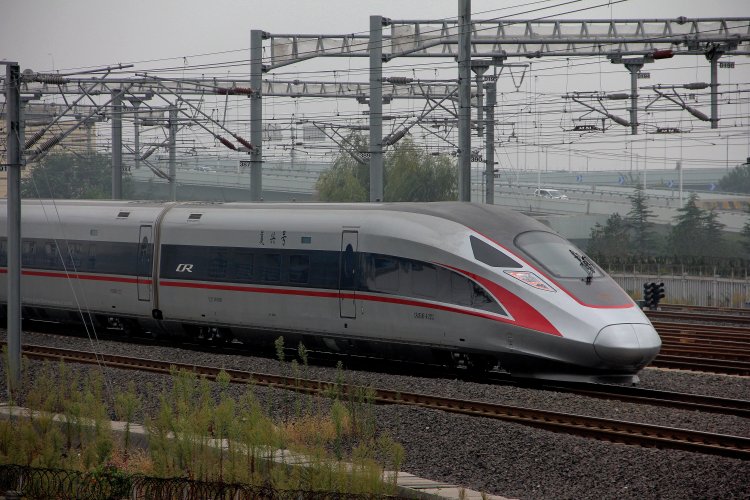Tech Check: New Chips Set to Make High Speed Train Travel Safer
For many China travelers, the thought of barreling down a track at 350km/h is an exhilarating, innovative, and convenient prospect. However, for anyone horrified by such high velocities, and phobic about literally running off the rails, there is some good news that might finally sell you on China's high-speed railways.
Earlier this month, Xinhua reported that high tech "CRTS III Slab Ballastless Track" chips have been implanted into a 500-kilometer stretch of railway from Beijing to the city of Shenyang in the northeast of China. This upgrade is being touted by the Beijing-Shenyang Passenger Line Company as an innovative safety measure. "If there is a problem with a track board, its chips notify the control center and indicate its problems and location, enhancing the safety of the rail system," according to China Railway Construction spokesperson Li Zhaoqiang.
While high-speed trains have become popular among Chinese travelers, the nation's aggressive push for such speedy transportation initially resulted in a small number of controversial, deadly accidents. To prevent such tragedies from occurring in the future, one of China's leading electric rail experts recently told reporters that the number of rail sensors should increase by 30 to 50 percent in order to gather more relevant safety data. Aside from those estimates, leading researchers are working on findings about the development and implementation of sensors that they hope will cut high-speed rail accidents in half.
RELATED: China Railway Shortens Ticket Presale Period from 60 to 30 Days
Such high-speed rail safety measures can't come fast enough for many skeptics, given recent announcements that those vehicles could soon reach staggering speeds of 500km/h. In September, the South China Morning Post (via the Shanghaiist) spoke with Beijing Jiaotong University professor Jia Limin about a new hybrid propulsion system that will power the trains to vastly greater velocities. On top of that, she said that the faster trains will be able to traverse everything from "from deserts to alpine plateaus to rainforests," meaning greater safety measures are all the more crucial.
More stories by this author here.
Email: kylemullin@truerun.com
Twitter: @MulKyle
WeChat: 13263495040
Photo: Xinhua







